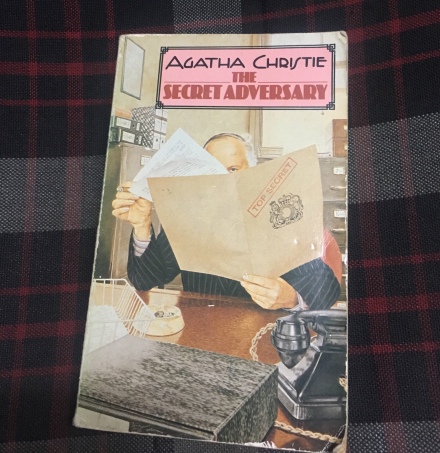I had been wanting to read “Sacred Games” for a while when I heard that the book had been picked up by Netflix to be serialized. The release date was early July so I eagerly picked up the book, wanting to finish it before the show’s release so that I could be one of those irritating people who say, “The book is different.”
Now that I have finished reading this 900-odd page book, I sincerely wish that the serial is different. Don’t get me wrong; this is a very good book, with excellent characterization and gets the tone of the city of Mumbai almost perfect. However, I feel the book needed to be edited better and entire portions could have either been chopped off or greatly compacted. In trying to capture the motives and minds behind the actions, the author delves into too many details, most of which are not central to the plot. This could have easily been a tightly scripted 700 page book and would have been much more taut with tension.
Having put out the negative, let me now say what I really liked about this book. The author captures the city, the people and the language of Mumbai brilliantly. What impressed me the most was how well the characters “spoke”: Sartaj Singh sounds precisely like a Mumbai inspector whose mother escaped the riots of partition in 1947 and whose father was a duty-bound cop, and who is himself trying to lead the least harmful life in times when you cannot escape corruption. Similarly, Gaitonde is a tragic, yet evil character, whose ambitions and self-teaching nature comes across clearly. He sounds very much like a criminal warlord who is misguided and is made a pawn out of. One almost understands why he thinks the world works the way it does.
And then there are other wonderful characters: Sartaj’s mother, Mary, Jojo, Anjali Mathur, Kamble and Parulkar to name a few.
Still, the more I think about the book, the more frustrated I get at the many unnecessary diversions the book takes to tell us the story. I can only wish it was more concise. Hopefully, the TV series will be able to improve upon the book.
Snippets:
- “Most men want to be led, and there are only a very few who can lead.”
- “Food was the greatest and most reliable of pleasures, and to sit on Chowpatty and eat it with wife and family, with the sea heaving gently, was as close to contentment as Katekar had ever been.”
- “Writers are pathetically susceptible to praise. I have worked with politicians, and gangsters, and holy men, and let me tell you, none of these can compete with a writer for mountainous inflations of ego and mouse-like insecurities of soul.”
Read more about ‘Sacred Games’ on Goodreads. Buy the book here.
Title: Sacred Games
Author: Vikram Chandra
First Published: 2006
Number of Pages: 912
Price: (Hardcover) Rs. 650 / (Paperback) Rs. 446 / (Kindle) Rs. 279.30 – Amazon.in
My Rating: 7 out of 10
(Disclosure: If you buy the book by clicking on any of the Amazon links above, you will NOT get charged extra. However, I will get a small commission, 100% of which will go to charity.)









